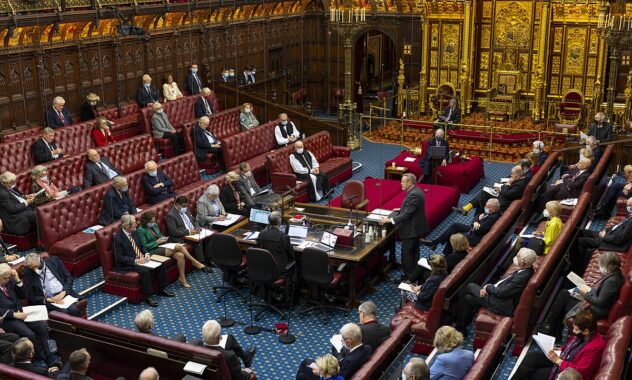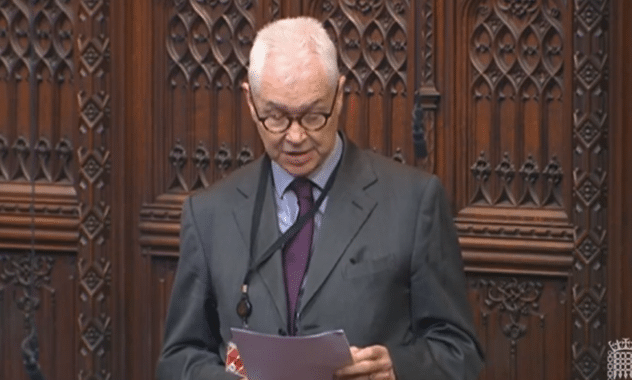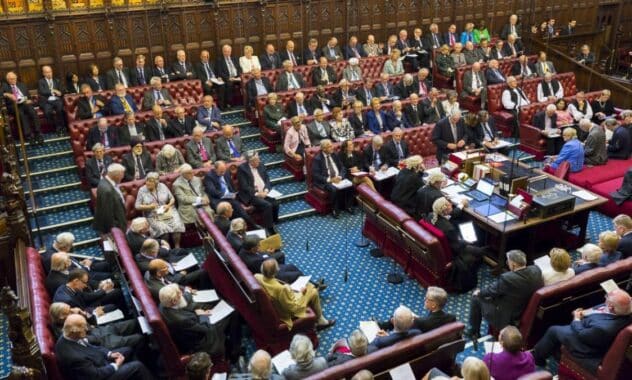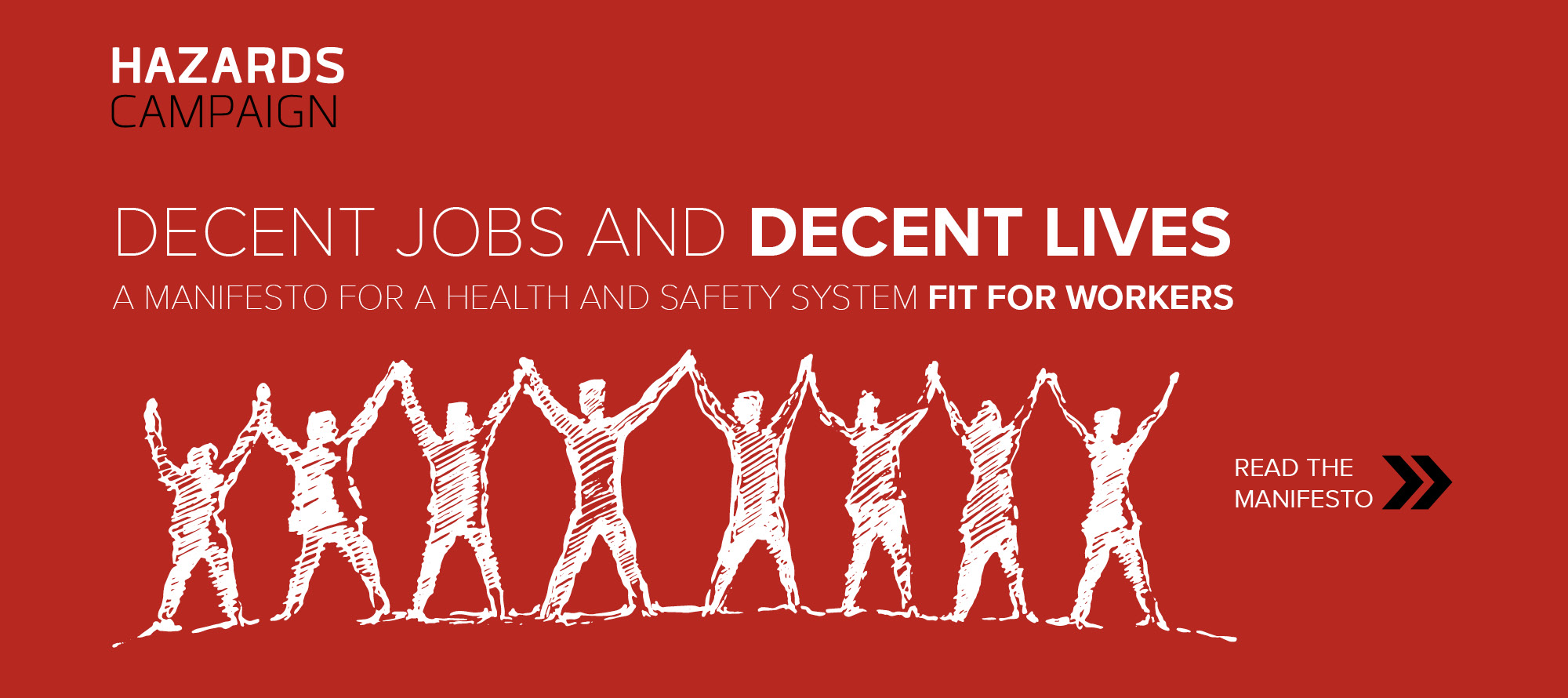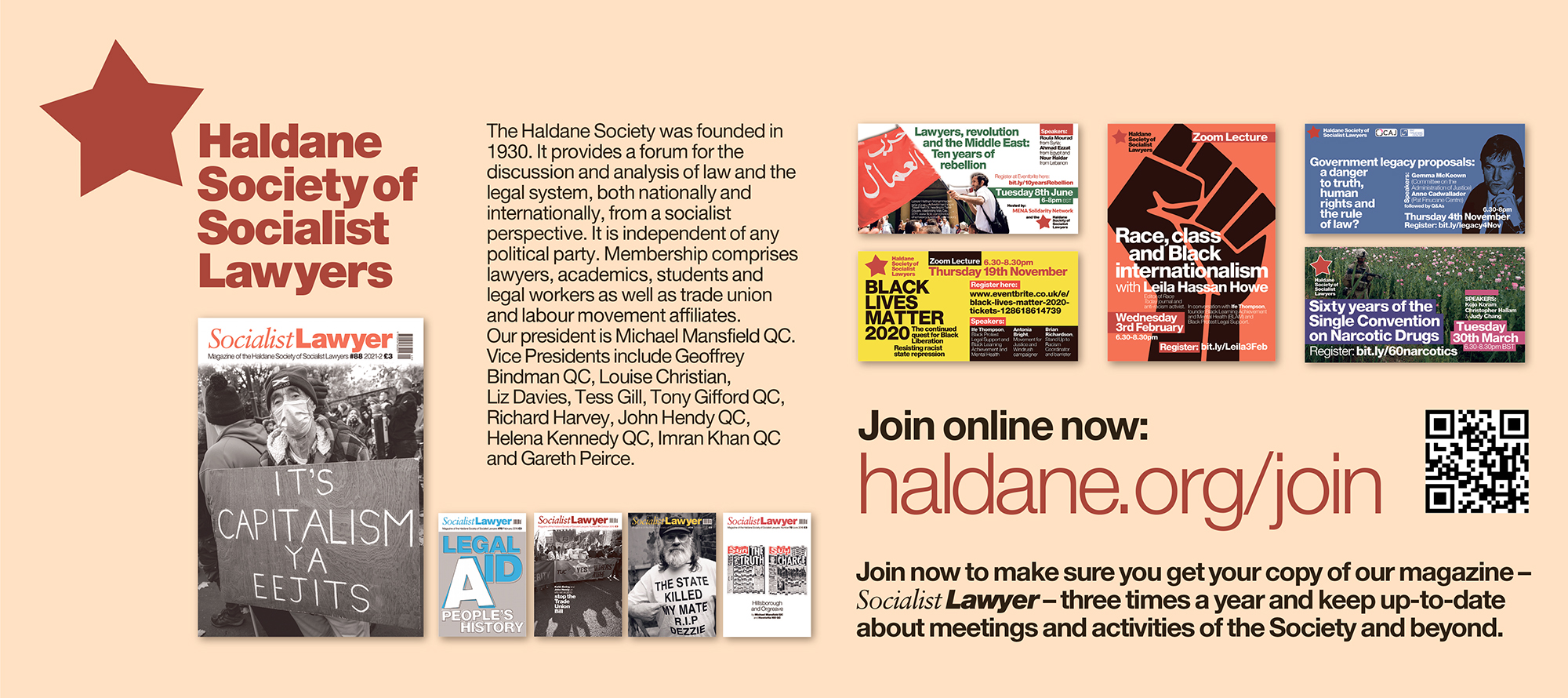The Certification Officer levy is debated in the Lords
A new levy is being introduced, capped at 2.5 per cent of union income, to fund the expanded role of the Certification Officer.
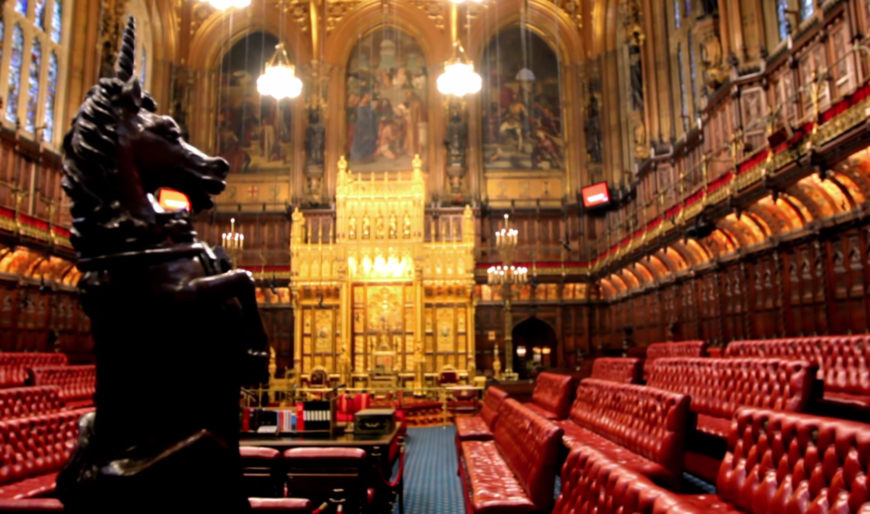
On Monday, the 7th of March 2022, an important debate took place in the House of Lords on the Government’s proposals to introduce a trade union levy, payable to the Certification Officer. These proposals enact the reforms to the Certification Officer’s role made by the Trade Union Act 2016. Amongst the proposals is the power to fine trade unions if rule breaches are deemed to have occurred. A new levy is being introduced, capped at 2.5 per cent of income, to fund the expanded role of the Certification Officer.
In January, the Institute of Employment Rights (IER), outlined the changes that would be effected by the legislation. The IER’s director, Ben Sellers, said at the time:
“These ‘reforms’ should be seen in the context of the government’s whole approach to unions, which is to salami-slice their rights while at the same time feeding a false narrative that unions are somehow serial ‘rule breakers’ when genuine complaints against them are negligible.”
In opening the debate to approve the draft regulations laid before the House on the 14th of December 2021, Lord Callanan, Under-Secretary of State for BEIS (the Business, Energy and Industrial Strategy Department), said:
“The Trade Union (Power of the Certification Officer to Impose Financial Penalties) Regulations 2022 strengthen the Certification Officer’s enforcement powers by allowing her to impose financial penalties against organisations that breach their statutory obligations.”
The levy, which is to be introduced in April 2022, is to be capped at 2.5 per cent of a trade union’s annual income, with some smaller organisations exempt altogether. However, the plans drew strong criticism from opposition members of the House of Lords.
Lord Tony Woodley, former joint General Secretary of Unite the Union, who recently returned to the House of Lords after a serious illness, highlighted the possibility that the new powers would be used to undermine the efforts of the trade unions in representing their members:
“The new regulations unfortunately also open the door to vexatious complaints – whether from vindictive employers, far-right organisations or even the Conservative Party itself – which threaten to consume the regulator’s time and resources, and therefore cost more money for the trade unions. Is that the aim?”
Supporting the ‘motion of regret’, Lord John Monks – former General Secretary of the TUC – questioned the inconsistency of imposing this levy on non-profit making organisations:
“Can the Minister tell us precisely whether there are any other regulators of voluntary, not-for-profit, democratic organisations which have to pay for their regulator? Political parties do not, as we have heard, and charities do not, so who else does? It is not the same as the City or the banks, which are profit-making, private sector bodies, yet unions collectively are likely to face a seven-figure bill for the privilege of being complained against.”
Lord John Hendy, Chair of the IER, drew the comparison with employment tribunals and the fact that it had never been suggested that employers be levied to pay for them:
“What is significant in this debate is that the Government have never suggested a levy on employers to pay for employment tribunals. It is not surprising therefore that trade unions point to the fundamental injustice of them paying a levy to meet judicial costs under the legislation which applies to them when the costs of adjudication under the legislation which applies to employers is met by taxpayers.”
Adding,
“My noble friends have already suggested how rare these cases are, but let me contrast the CO’s jurisdiction with that of the employment tribunal. There are 32 million workers in the UK. Last year, some 118,000 complaints were made against employers in employment tribunals. That is a rate of four in 1,000—one in 250. In comparison, there are 6.56 million trade union members in 141 trade unions. Last year, the CO received 14 applications—which, it is true, contained a number of complaints. The year before that, she received seven applications, and in the preceding year, 15 applications. Last year, there were 14 applications against 11 unions—I include applications which were dismissed as having no merit. This level of applications in proportion to the number of trade union members is infinitesimally small—two in a million. It should also be noted how few unions receive a complaint, yet all are to pay for the levy except for the smallest.”
Baroness Christine Blower, formerly General Secretary of the NUT, called the changes a “regulation too far”:
“The Minister talks of the valuable work of unions, but the actions of this Government belie that. My noble friends on this side, in particular my noble friend Lord Monks, have talked about the level of constraint and regulation on the trade union movement in this country. From my engagement with trade unions across Europe, both east and west, I know that to be true. This is therefore a regulation too far.”
In conclusion, Lord Bassam, Labour Shadow Spokesperson for BEIS in the Lords, said:
“My Lords, I am very disappointed by what the Minister has had to say to the House this evening. I am not persuaded away from my view that this is a vindictive piece of secondary legislation. The Minister has not really adduced a strong case in his own defence, I fear. It was interesting to hear Back-Benchers on the Government Benches making the point that this could be seen as vindictive and as having a go at unions for the sake of it, and that there was a need in the Government to grow up and try to learn to live with the trade union movement even if they do not like what it seeks to do.”
You can read the transcripts from the debate in Hansard, here and watch the entire debate on Parliament TV, here.
